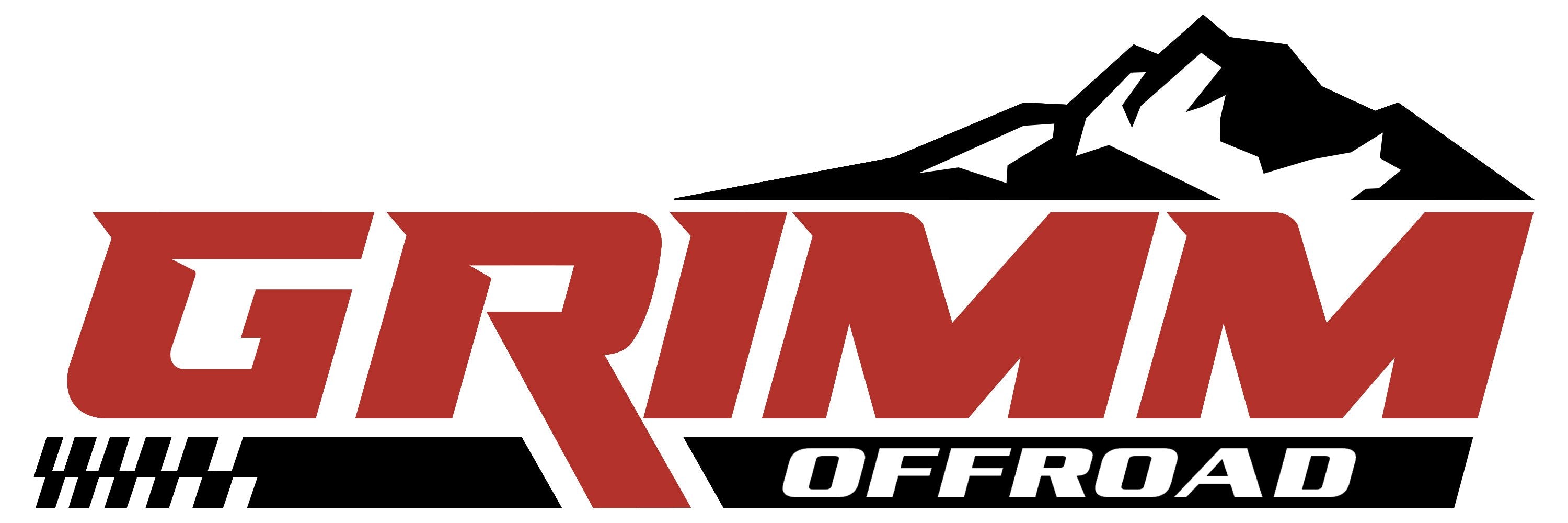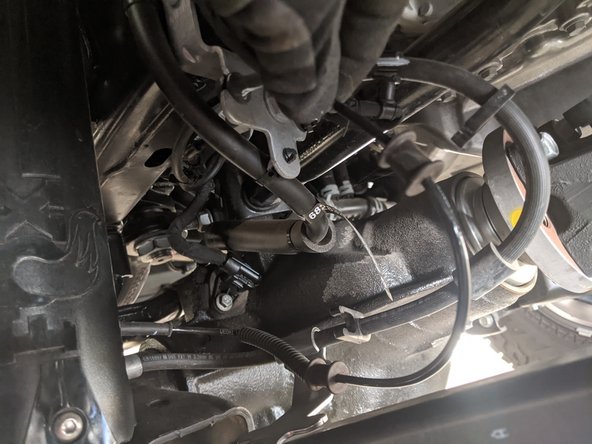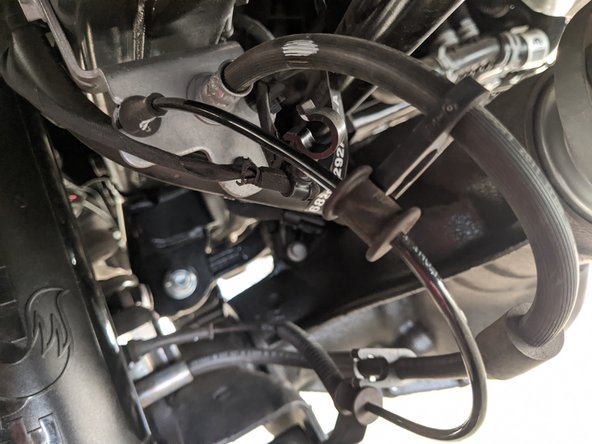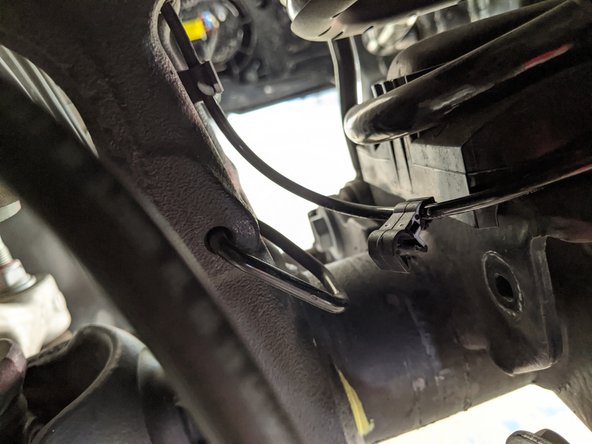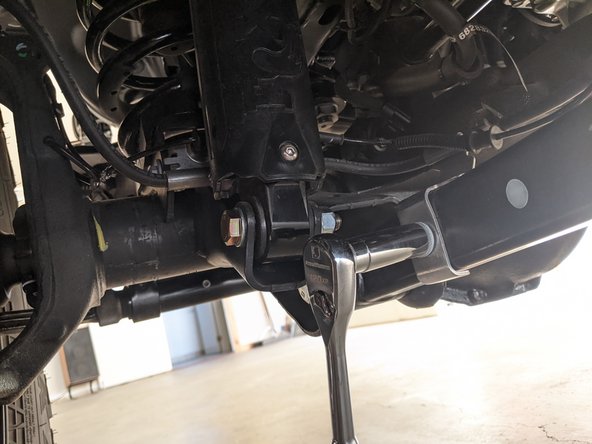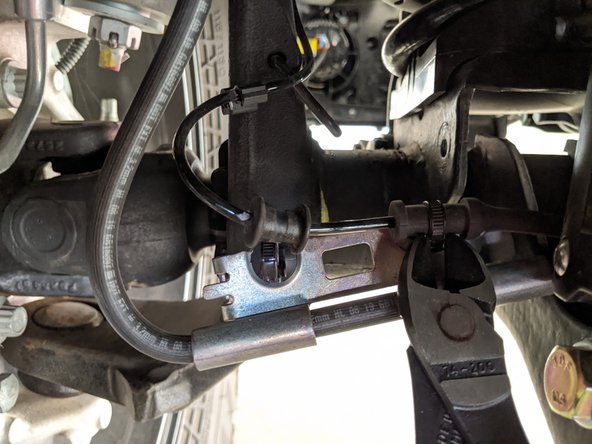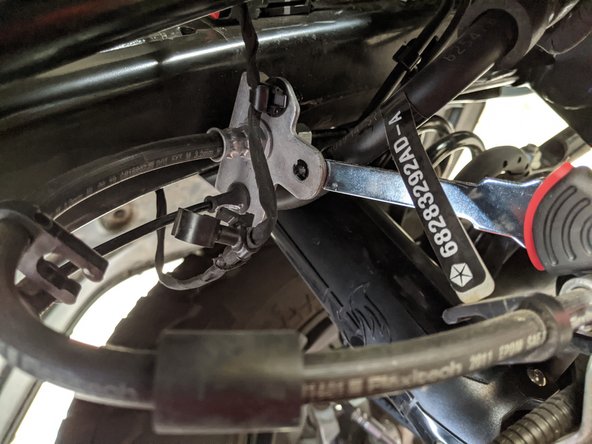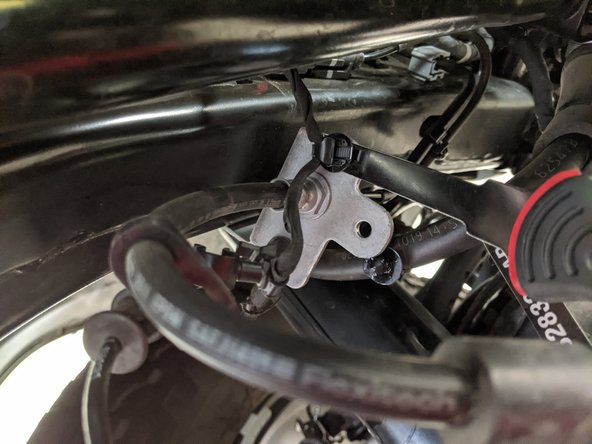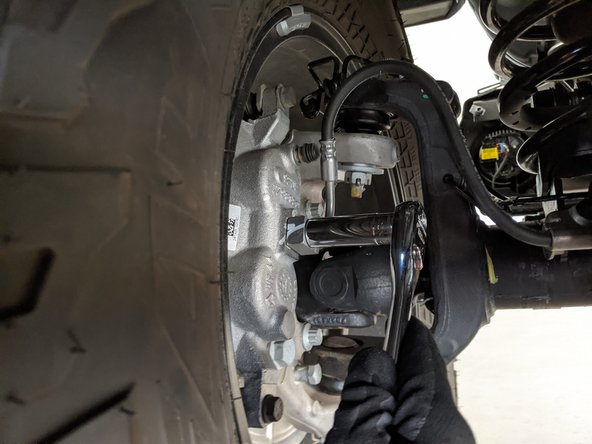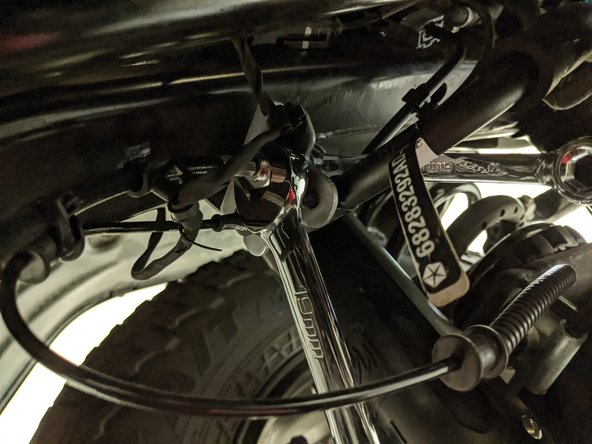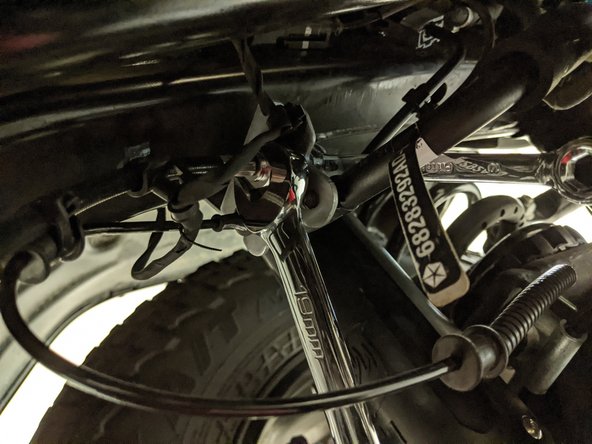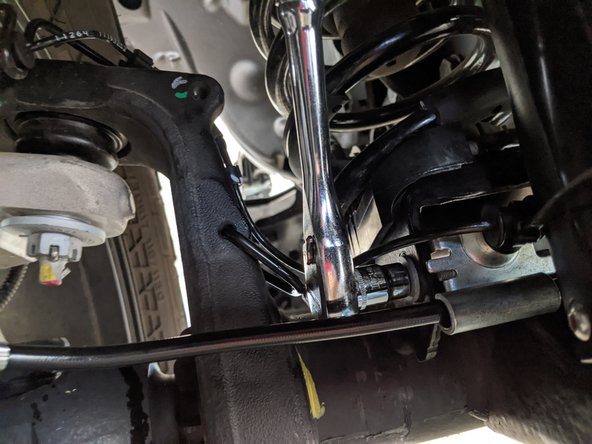Introduction
This guide will walk through the correct installation procedure for the Grimm OffRoad JL/JT Front Brake Line Kit.
Consumer Warning
All Grimm OffRoad products must be installed by a competent and qualified individual in accordance with the installation instructions intended for the product. Incorrectly installed products will void any warranties and may result in damage to the product or damage to the vehicle it was installed on. Read any provided instructions or guides and watch any available videos before attempting installation. If there are any questions, please contact Grimm OffRoad before starting installation.
Many products require the vehicle be properly raised and supported off the ground. The installer is responsible for confirming that this may be done in a safe manner and the correct equipment is available to perform the installation. Grimm OffRoad installation instructions assume the installer is able to properly and safely lift the vehicle.
Vehicles that have been modified will not perform the same as a stock vehicle. It is incumbent upon the owner of the vehicle to be aware of the differences the modifications will make to the driving characteristics of the vehicle. These may include (but are not limited to): changes in handling, braking, rollover angle, incompatibilities with the factory anti-lock braking systems, stability control systems, or traction control systems.
Tools
-
-
Verify that all parts shown in the picture are present.
-
The lines are side specific. The driver, or left side line retention bracket is stamped with a 'DB31'. The passenger, or right side line retention bracket is stamped with a 'PB31'. Be sure to identify the lines before installation.
-
-
-
These brake lines are best to install with the suspension fully extended on a vehicle lift or on jack stands. This way you can route and secure the brake lines and wheel speed sensors in a manner that prevents them from being over-extended.
-
It is advised to read the instructions thoroughly before beginning. Brake fluid will begin leaking when the stock brake lines are removed so it is best to be prepared and work quickly to connect the new brake lines.
-
-
-
Unclip the wheel sensor wire from two clips on the brake line.
-
Unclip the wire loom attached to the brake line by the frame.
-
Unclip the wheel sensor wire from the bracket on the upper C.
-
-
-
Use a 15mm wrench/socket to unbolt the brake line bracket from the lower control arm.
-
Use a 10mm wrench/socket to unbolt the bracket securing the brake line to the axle.
-
Slide the axle bracket out towards the wheel and using dyke cutters, cut the two zip ties securing the wheel speed sensor to the bracket.
-
The plastic wire securing clips can be removed from the brackets and reused on the new brake line brackets. It can be difficult to remove the clips with the wiring still attached, so we cut the zip ties and will install new ones.
-
-
-
At the frame side bracket where the brake line attaches to the hard line, remove any plastic clips preventing the brake line securing clip from coming off.
-
Vehicle trim removal tools work well for this.
-
-
-
We recommend pinching off the factory brake hose close to the caliper with a pair of hose pinch off pliers. If these are not available, a pair of needle nose Vice Grip pliers, or a pair of conventional needle nose pliers with a zip tie around the handles can work.
-
Be prepared to catch and clean up brake fluid.
-
Use a 15mm wrench/socket to remove the brake line bolt at the caliper.
-
-
-
Before completely removing the old brake line, it is helpful to install the new Grimm OffRoad brake line at the caliper first.
-
Install the new the new Grimm OffRoad brake line at the caliper using two new copper washers, one on each side of the banjo fitting, at the caliper bolt.
-
If your brake calipers have a "V" groove block above the banjo bolt, this is to hold the brake line. One of the thicker copper washers is required on the caliper side of the banjo bolt to give enough clearance to fit in the "V" groove.
-
If your calipers do not have this "V" groove block, the brake line simply needs to be routed up and the standard copper washers will be used.
-
Torque the caliper side bolt with a 15mm socket to 26 lb-ft [35 Nm]
-
-
-
Loosen the frame-side hard line fitting with a 12mm flare nut wrench.
-
Be prepared to catch and clean up brake fluid.
-
Pop the brake line securing clip off the frame side bracket with a flat head screwdriver. It shouldn’t take much force.
-
With the brake line securing clip removed, the hard line fitting can be fully unthreaded, and the brake line slid out of the bracket. A 16mm wrench may be needed to hold the brake line.
-
Insert the new Grimm OffRoad brake line through the frame side bracket routed like the factory line. Thread the hard line nut into the Grimm OffRoad brake line. Often the first threads on the hard line nut are slightly deformed and care must be used to make sure the threads are started correctly and not cross threaded.
-
Fully tighten the connection using a 12mm flare wrench and a 19mm open end wrench. The flared fitting has seated when the Grimm OffRoad swivel fitting no longer swivels.
-
Re-install the clip to secure the brake line in the frame side bracket. reinstall any plastic clips removed at the frame-side fitting.
-
-
-
Attach the wheel speed sensor line to the brake line axle bracket using the retaining clips and new zip ties if they were cut.
-
Position the new axle bracket into place on the axle.
-
Using a 10mm wrench/socket and the bolt removed earlier, torque to 8 lb-ft [11 Nm]
-
Repeat for the other side.
-
Bleed the brakes according to the Factory Service Manual.
-
Installation is complete!
With any modified vehicle, or any vehicle used offroad, it is a good idea to check bolt torques periodically and visually inspect components regularly.
Installation is complete!
With any modified vehicle, or any vehicle used offroad, it is a good idea to check bolt torques periodically and visually inspect components regularly.
